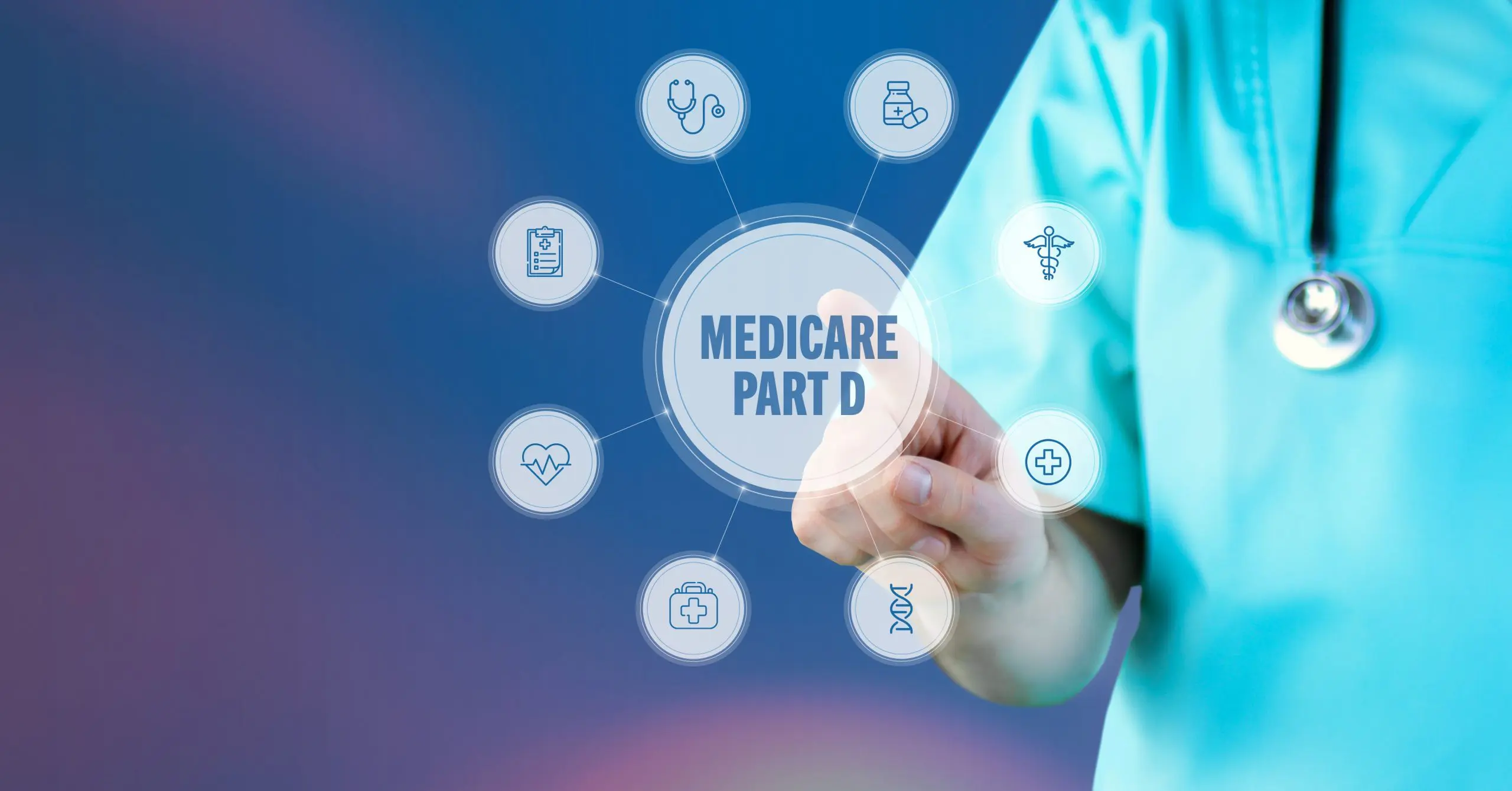This article is the second in a two-part series that discusses the importance of Property and Casualty (P&C) Insurance as it pertains to the success of your financial plan. The first one discussed the intricacies of homeowners, renters, and condo insurance. This one highlights some important facts about auto insurance and umbrella policies. Without proper coverage, your financial plan could be at risk.
Auto Insurance provides financial protection if you are involved in a car accident. Policy premiums fluctuate based on the coverages you select. The two main coverages are Bodily Injury and Property Damage.
Bodily Injury Coverage
Bodily injury is when someone is injured because of an accident. The coverage typically includes two thresholds, one that applies to each injured person and one that applies for each accident. For example, let’s assume you have $300,000 coverage for each accident and $100,000 for each person. If you cause an accident with three people in the car who sue you for $150,000 each, the policy will cover $100,000 for each person for a total of $300,000. If there were a fourth person in the car who sues for $150,000, the policy would still max out at $300,000 of payments, requiring the additional pay-outs to be paid by you.
Property Damage Coverage
Property damage can include damage to the personal vehicle or property, such as a fence or garage door. Property damage does not cover damage to your car.
Additional Auto Policy Coverages Worth Noting
There are additional coverages available when purchasing auto insurance. In addition to being optional, there are also different thresholds you can opt for, dictating the ultimate price of your premium. A few coverages worth your consideration can be found below.
Personal Injury Protection (PIP) Coverage
Personal Injury Protection (PIP) coverage can help pay medical costs that exceed your health insurance limits. It may also cover lost wages and loss of services while you recover.
Medical Payments to Others
Medical Payments to Others provides medical bill assistance for passengers injured during the accident.
Collision Coverage
Collision coverage covers costs related to repairing or replacing your vehicle after a collision.
Comprehensive Coverage
Comprehensive coverage can help pay for damage to your car that is not related to an accident, such as theft, damage caused by small animals or falling objects.
Uninsured and Underinsured Motorist Coverage
Another often-overlooked part of one’s auto policy is the Uninsured and Underinsured Motorist coverage. This coverage helps if you are hit by a driver who does not have the proper level of insurance (or any at all). It can help to pay medical bills and cover the cost of repairing your vehicle. We often see people lower this insurance as a way of reducing their premiums. But take a moment to consider why individuals are uninsured or underinsured in the first place. While it is not always the case, it could be because they have a higher risk of accident or have little money, which would leave you wholly responsible for repairing your property and health.
Full Tort vs. Limited Tort Option
Full Tort versus Limited Tort option is an area where we see significant holes in our clients’ financial plans. Most people are not aware they are making a choice, let alone understand the choice they are making. When you choose limited tort option, you are limiting your financial recovery to out-of-pocket medical bills, wage loss, and auto repairs. You are voluntarily waiving your right to recover compensation for pain and suffering when you are the victim in a car accident (there are certain exceptions for serious injuries). Why would anyone choose the limited tort option? Because it will reduce your premium. Under the full tort option, you can assert a claim for pain and suffering if the accident is not your fault.
Liability Insurance
Liability insurance provides financial protection to a person (such as a driver or homeowner) who harms someone else or their property. If you are found to be legally responsible for injuring someone or damaging their property, any settlement beyond the limits of your auto or homeowners policy would come out of your pocket, potentially having a significant impact on your plans for financial independence.
Excess liability – or umbrella insurance – provides a solution to this risk. Umbrella insurance provides protection over and above the liability protection included in your auto and homeowners policies, acting as an extra layer of protection. It can also become the primary insurance for losses not covered by other policies.
Ideally, you want enough coverage to protect your total personal assets or net worth. Typical coverage starts at $1 million and increases to $10 million. This insurance is inexpensive when compared to other insurances (such as life and long-term care), and when compared to the coverage you gain.
The Bottom Line on P&C Insurance
Property and Casualty Insurance is a smart investment that protects you and your family in the event of an unforeseen accident in your home, auto or on your property. It transfers the risk from you to the insurance company.
We highly recommend that you review your policies to ensure you are adequately covered. If you have any questions, please contact your EKS Associates advisor. We are happy to review your insurance coverages and advise you appropriately.
To learn more about the first area of P&C Insurance – Homeowners and Renters insurance – read “Property and Casualty Insurance: An Often-Overlooked Part of One’s Financial Plan.”



